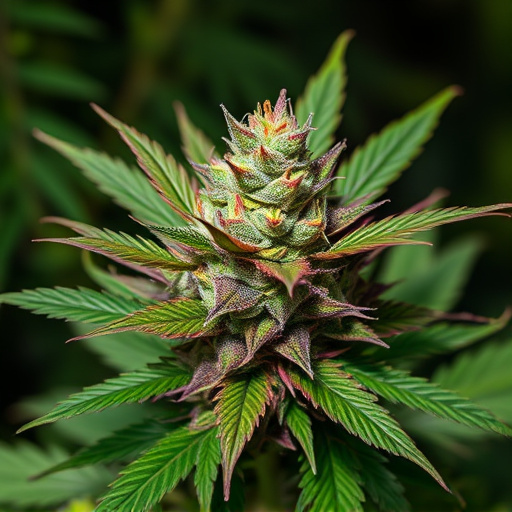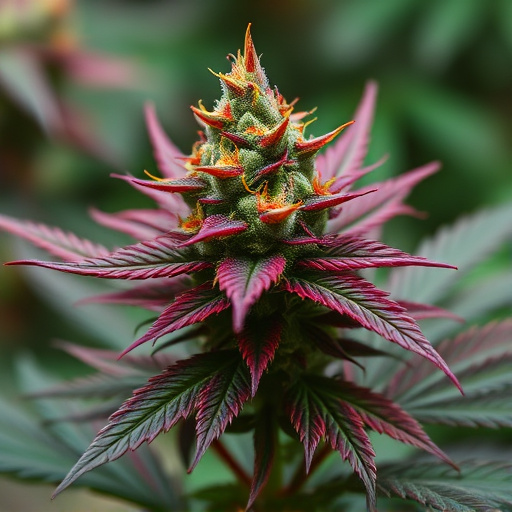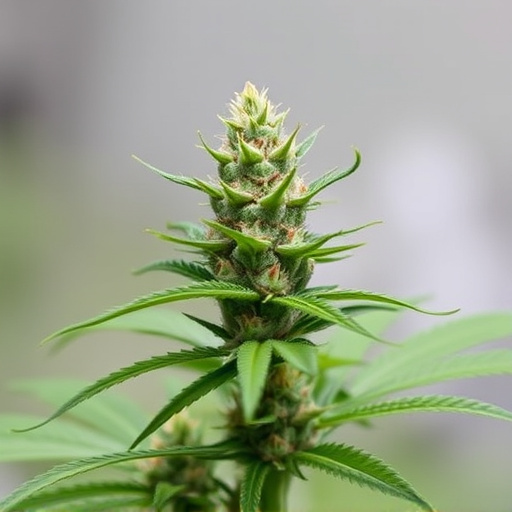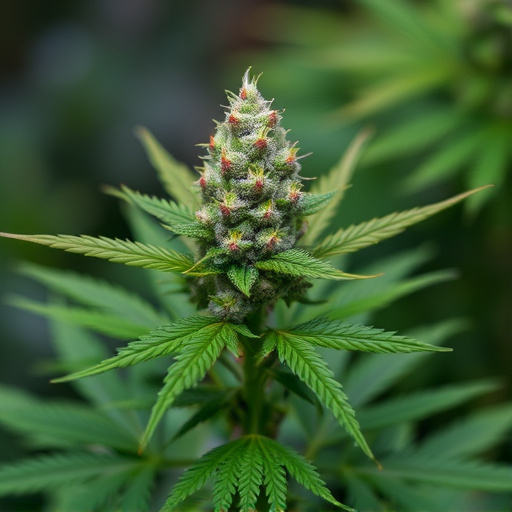Cannabis flowers contain cannabinoids like THC and CBD, which interact with our body's endocannabinoid system (ECS) to regulate pain and inflammation. THC offers psychoactive effects and chronic pain relief, while non-psychoactive CBD shows promise in managing anxiety and reducing inflammation. Different cannabis strains, such as Indica, Sativa, and hybrids, have unique profiles tailored to specific needs in managing anxiety and associated aches. It's crucial to consider these profiles when selecting strains for individual preferences and therapeutic needs. Despite its potential benefits, cannabis use should be approached with caution, starting with low doses and consulting healthcare professionals.
Cannabis flower has emerged as a potential natural remedy for pain management, offering a unique approach to alleviating chronic conditions. This article explores the science behind cannabis compounds and their interaction with the body’s endocannabinoid system to reduce pain perception. We delve into specific cannabis strains known for their effectiveness in treating anxiety-related pain, providing a comprehensive guide to choosing the right strain. Additionally, safety considerations and potential side effects are discussed to ensure informed decision-making regarding cannabis as a pain management tool.
- Understanding Cannabis Compounds and Their Effects on Pain
- Different Cannabis Strains and Their Specific Applications for Anxiety-Related Pain
- Safety Considerations and Potential Side Effects of Using Cannabis for Pain Management
Understanding Cannabis Compounds and Their Effects on Pain
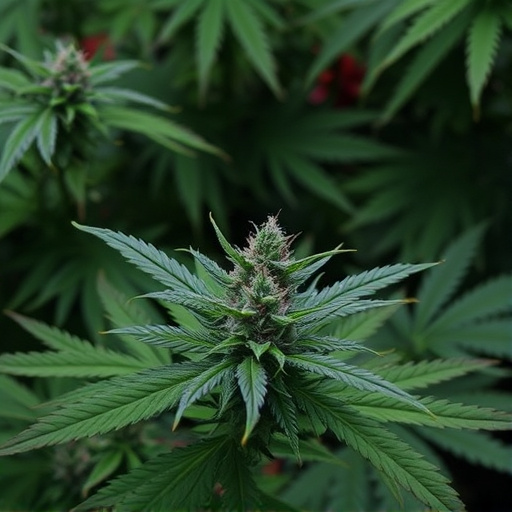
Cannabis flowers contain a variety of chemical compounds, most notably cannabinoids, that interact with our bodies’ natural endocannabinoid system (ECS). This system plays a crucial role in regulating pain perception and inflammation. One of the most well-known cannabinoids is THC, responsible for cannabis’s psychoactive effects, which can help manage chronic pain by binding to specific receptors in the brain and nervous system, reducing pain signals transmitted to the brain.
Another major cannabinoid, CBD, doesn’t produce a “high” like THC but has gained attention for its potential anti-inflammatory properties. Studies suggest that CBD may interact with other parts of the ECS and certain receptors involved in pain processing, offering an alternative approach to managing pain without psychoactive effects. Understanding these compounds and their unique interactions is key to harnessing the potential benefits of cannabis strains for anxiety and pain relief.
Different Cannabis Strains and Their Specific Applications for Anxiety-Related Pain

Cannabis has gained popularity as a natural remedy for various types of pain, including anxiety-related conditions. Different cannabis strains offer unique profiles that cater to specific needs when it comes to managing anxiety and associated aches. For instance, Indica strains are renowned for their calming effects, making them ideal for promoting relaxation and reducing muscle tension commonly linked to anxiety disorders. These strains often contain higher levels of THC, the cannabinoid responsible for inducing a sense of euphoria and tranquility.
Sativa strains, on the other hand, provide an uplifting and energizing effect, which can be beneficial for individuals dealing with social or performance-related anxiety. They typically have higher concentrations of CBD (cannabidiol), known for its anti-inflammatory properties. Balanced hybrids offer a blend of Indica and Sativa characteristics, providing both relaxation and cognitive clarity, making them versatile options for those seeking relief from chronic anxiety without overwhelming sedative effects. When choosing cannabis strains for anxiety, considering these distinct profiles is key to finding the right fit for individual preferences and therapeutic needs.
Safety Considerations and Potential Side Effects of Using Cannabis for Pain Management
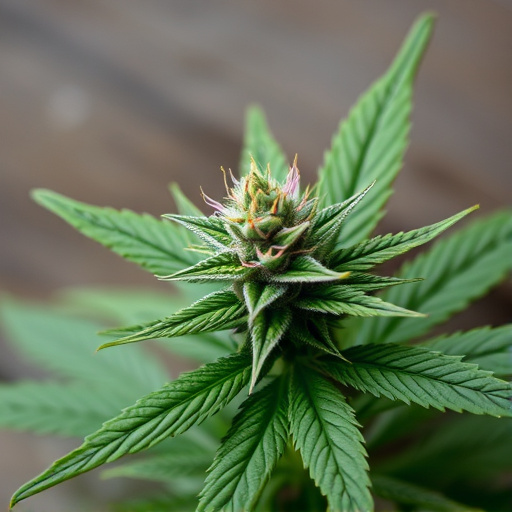
While cannabis has shown promise in pain management, it’s crucial to approach its use with caution. Safety considerations are paramount, as individual reactions can vary greatly. The potential side effects of using cannabis for pain include dryness, itching, and redness in the eyes and mouth, as well as dizziness, drowsiness, and cognitive impairment. Some individuals may also experience anxiety or paranoia, particularly with certain cannabis strains known to be higher in THC. It’s important to start with low doses and choose strains that are suited for pain relief without inducing anxiety. Consulting a healthcare professional before incorporating cannabis into your pain management regimen is essential for ensuring safety and efficacy.
Cannabis has emerged as a promising alternative for managing pain, particularly among those seeking relief from anxiety-related discomfort. Understanding the unique compounds within cannabis, such as THC and CBD, is key to harnessing their therapeutic effects. Different strains, each with distinct chemical profiles, offer tailored solutions. For instance, Indica strains are known for their relaxing properties, while Sativa varieties may stimulate energy and focus. However, safe use necessitates awareness of potential side effects and individual reactions. Consulting a healthcare provider before incorporating cannabis into pain management plans is crucial to ensuring its suitability and effective integration with other treatments.




